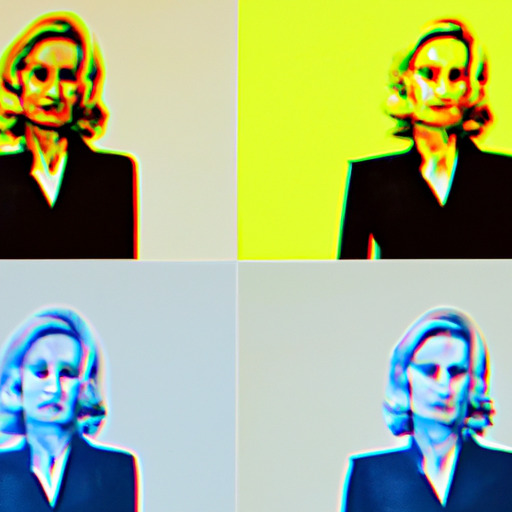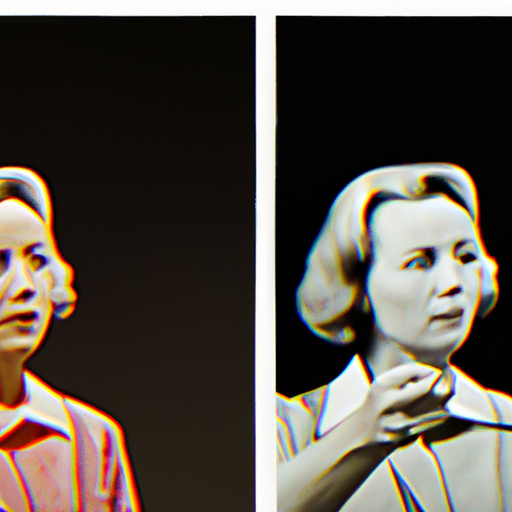
-
Table of Contents
Visual Effects in Movies: From Fine Art to CGI

Visual effects (VFX) have become an integral part of modern filmmaking, transforming the way stories are told on the big screen. From the early days of practical effects to the advent of computer-generated imagery (CGI), the evolution of visual effects has been nothing short of remarkable. In this article, we will explore the journey of visual effects in movies, from their origins as a fine art form to the digital revolution that has reshaped the industry.
The Birth of Visual Effects
Visual effects have a long and rich history that dates back to the early days of cinema. In the late 19th century, pioneers like Georges Méliès experimented with techniques such as stop-motion animation and double exposure to create magical and fantastical effects in their films. Méliès’ groundbreaking work in films like “A Trip to the Moon” laid the foundation for the future of visual effects.
As the film industry grew, so did the demand for more sophisticated visual effects. In the 1930s and 1940s, filmmakers like Willis O’Brien and Ray Harryhausen pushed the boundaries of practical effects with their innovative use of stop-motion animation. O’Brien’s work in films like “King Kong” and Harryhausen’s creations in “Jason and the Argonauts” showcased the power of visual effects in bringing larger-than-life creatures to the screen.
The Rise of Computer Graphics
The introduction of computers in the 1960s and 1970s revolutionized the field of visual effects. With the advent of computer graphics, filmmakers gained access to a whole new set of tools and techniques to create stunning visuals. One of the earliest examples of computer-generated imagery in film can be seen in the 1982 science fiction classic, “Tron.” The film used CGI to depict a virtual world, setting the stage for the future of visual effects.
Throughout the 1980s and 1990s, CGI continued to advance at a rapid pace. Films like “Terminator 2: Judgment Day” and “Jurassic Park” showcased the potential of computer-generated effects in creating realistic and immersive worlds. These films pushed the boundaries of what was possible, captivating audiences with their groundbreaking visuals.
The Marriage of Practical Effects and CGI
While CGI was gaining prominence, practical effects still had a vital role to play in filmmaking. Filmmakers realized that a combination of practical effects and CGI could create a seamless and immersive visual experience. This marriage of practical effects and CGI can be seen in films like “The Lord of the Rings” trilogy, where practical effects were used to bring the fantastical creatures to life, while CGI enhanced their movements and interactions.
Another example of this combination can be seen in Christopher Nolan’s “Inception.” The film used a mix of practical effects, such as rotating sets, and CGI to create mind-bending visuals that seamlessly blended reality and dreams. This approach not only enhanced the visual spectacle but also added a layer of authenticity to the film.
The Impact of Visual Effects on Filmmaking
The evolution of visual effects has had a profound impact on the filmmaking process. Here are some key ways in which visual effects have transformed the industry:
- Expanded Creative Possibilities: Visual effects have opened up a world of creative possibilities for filmmakers. They can now bring to life anything their imagination can conceive, whether it’s a mythical creature, an alien planet, or a historical event.
- Cost and Time Efficiency: While practical effects can be time-consuming and expensive, CGI offers a more cost-effective and efficient solution. Filmmakers can now create complex visuals without the need for elaborate sets or physical props.
- Realism and Immersion: CGI has allowed filmmakers to create visuals that were once unimaginable. From realistic explosions to breathtaking landscapes, visual effects have enhanced the sense of realism and immersion in films.
- Revolutionizing Genres: Visual effects have played a crucial role in revolutionizing genres such as science fiction and fantasy. Films like “Star Wars” and “Avatar” have pushed the boundaries of visual effects, setting new standards for future filmmakers.
Case Studies: The Evolution of Visual Effects
Let’s take a closer look at two case studies that highlight the evolution of visual effects in movies:
Case Study 1: “2001: A Space Odyssey”
Stanley Kubrick’s “2001: A Space Odyssey” is a landmark film that revolutionized visual effects. Released in 1968, the film pushed the boundaries of practical effects and showcased the potential of miniatures and optical effects. The film’s stunning visuals, including the iconic “Stargate” sequence, set a new standard for visual effects in cinema.
Case Study 2: “Avatar”
James Cameron’s “Avatar” is a prime example of how visual effects can redefine the cinematic experience. Released in 2009, the film utilized groundbreaking CGI to create the lush and immersive world of Pandora. “Avatar” not only broke box office records but also set a new benchmark for visual effects in terms of realism and scale.
Conclusion
Visual effects have come a long way since their humble beginnings as a fine art form. From the early experiments of Georges Méliès to the digital revolution of CGI, visual effects have transformed the way stories are told on the big screen. The marriage of practical effects and CGI has opened up a world of creative possibilities for filmmakers, allowing them to bring their wildest imaginations to life. As technology continues to advance, we can only imagine what the future holds for visual effects in movies.
